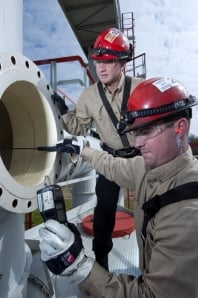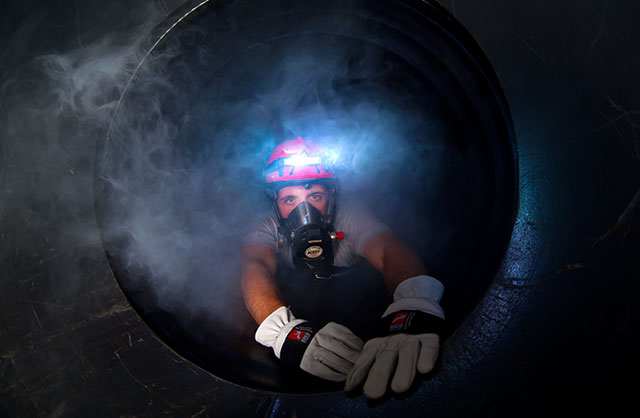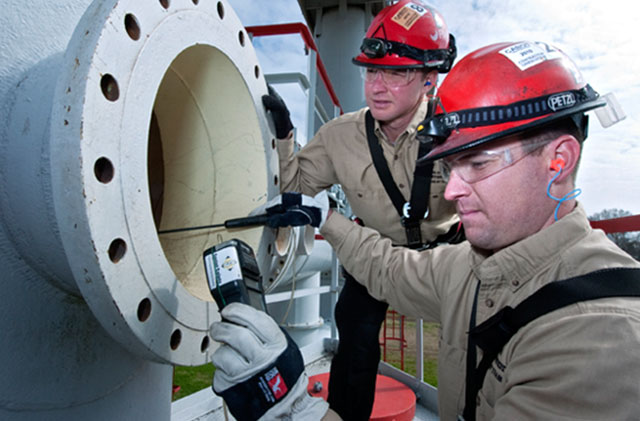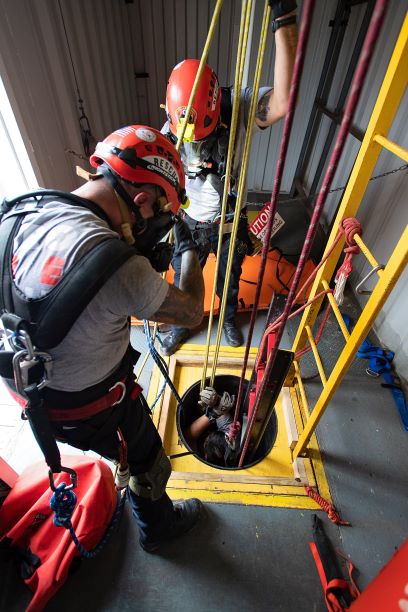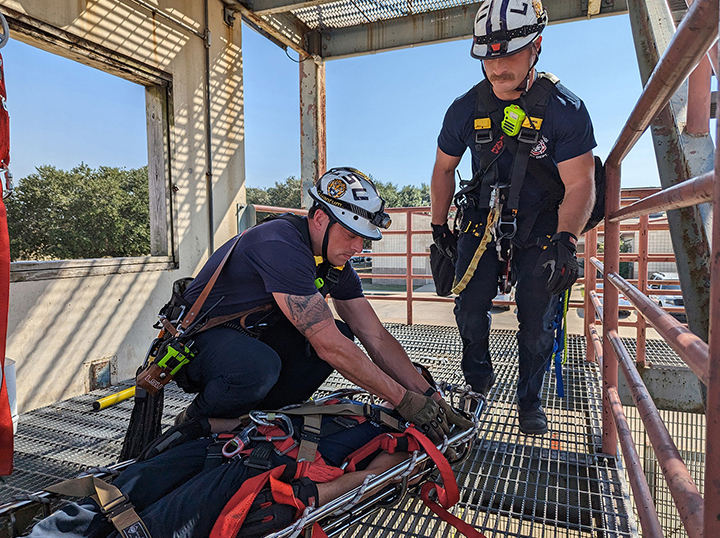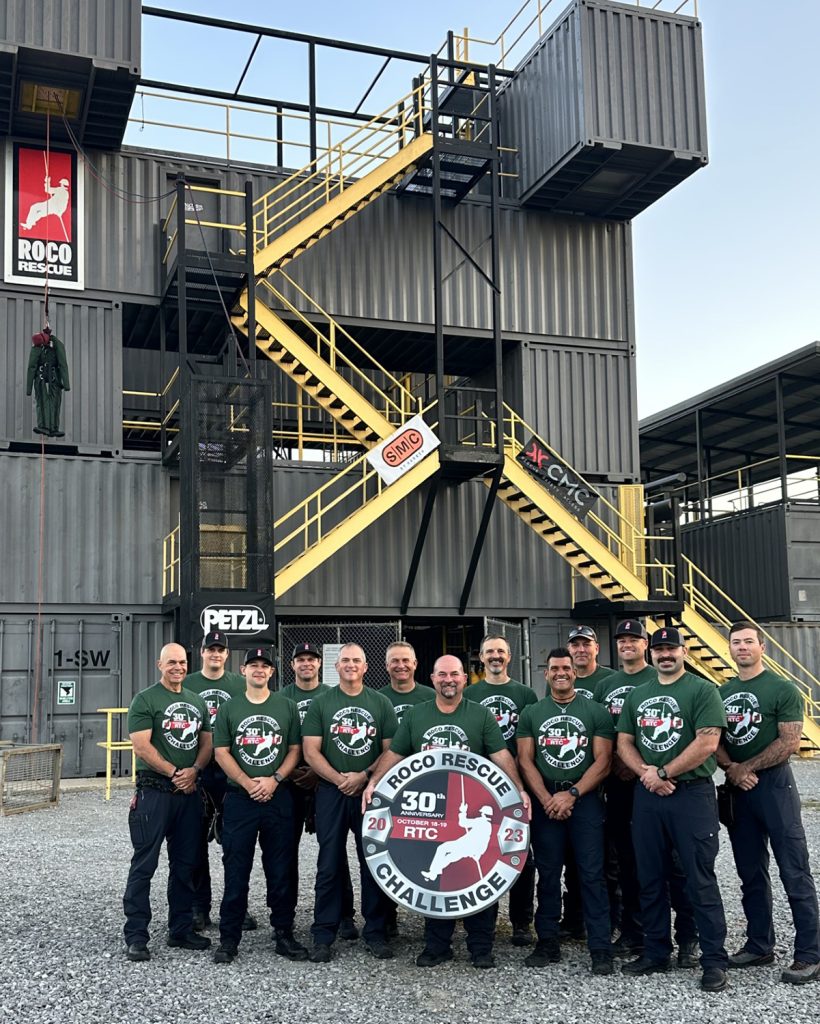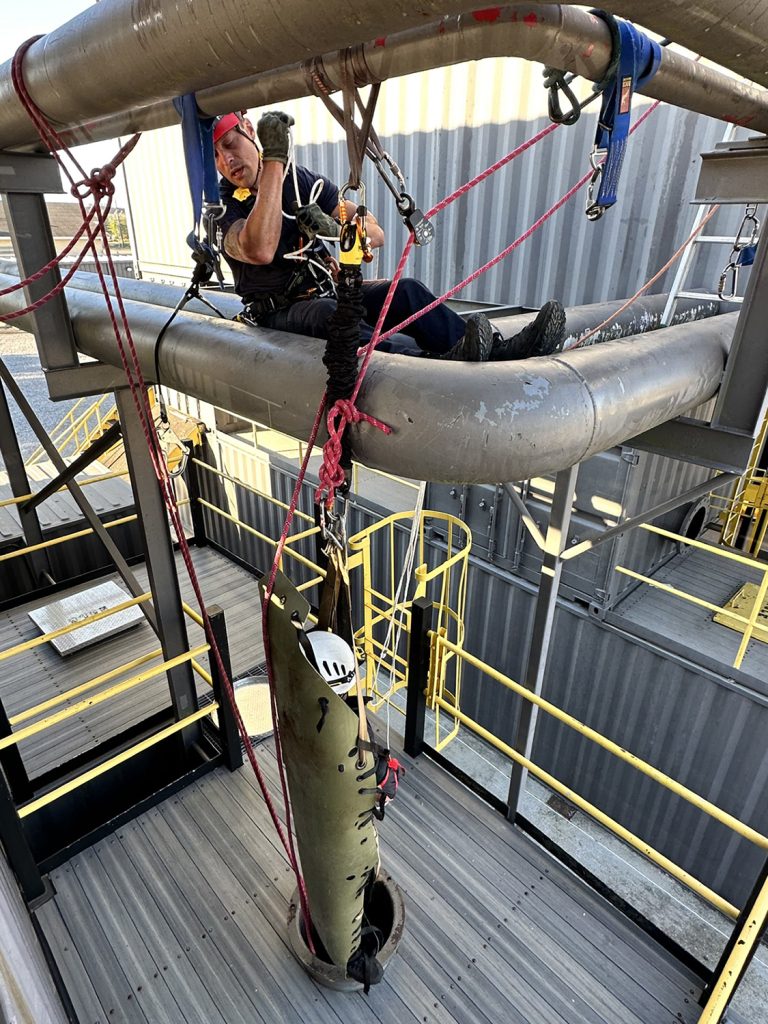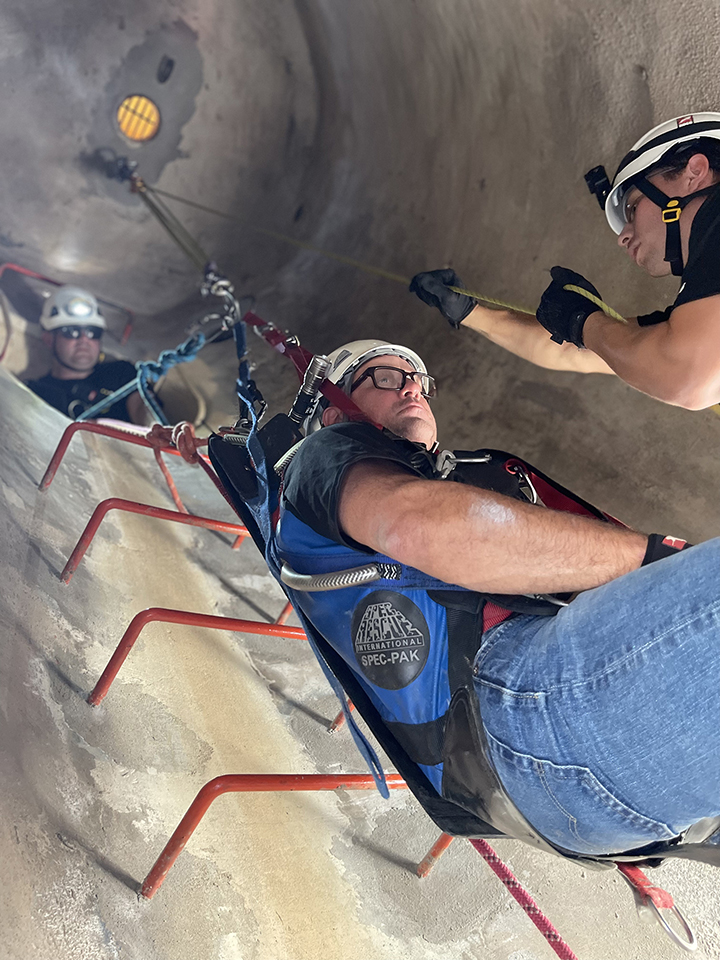February 9, 2016
Readings are 20.9/0/0/0…so it must be safe for entry, right? Not necessarily! After completing an interesting confined space standby job for Roco, I wanted to caution rescuers about the possibilities of atmospheric hazards within a confined space – despite what the atmospheric monitor says!
Read More
January 18, 2012
Roco Director of Training/Chief Instructor, Dennis O’Connell reviews the importance of following OSHA safety standards for confined space entry, no matter how many times workers have entered the space. The take away? With confined spaces…It’s NEVER old hat! The importance of preplanning confined space entries and identifying “potential hazards “should be old hat by now....
Read More
January 21, 2011
“The fact that we rely on these instruments to detect hazards that may be colorless, odorless, and very often fatal, should be reason enough to motivate us to complete a very strict schedule of instrument calibration/maintenance and pre-use bump testing.” Here at Roco, we’re often asked for an explanation of the difference between “calibration” and...
Read More
December 2, 2010
At some point, most atmospheric monitors will display a “negative” or minus reading for a flammable gas or toxic contaminant. First of all, it is not actually possible for an atmosphere to contain a “negative amount” of a substance. These negative readings usually result from improper use of the monitor. Most monitors will “Field Zero”...
Read More
September 1, 2010
Reader Jeff Machen had a question concerning how much training to give attendants on air monitoring equipment; especially when they may only be working a week long shut down? Here’s our reply from CSRT Manager Bryan Rogers. When you’re dealing with temporary labor, it is difficult to ensure that they are well trained on something...
Read More
August 19, 2010
Several of the current electro/mechanical CO sensors will give a false indication of CO when exposed to solvents and especially when exposed to isopropyl alcohol. If the potential for CO presence can be definitively ruled out, consider using an atmospheric monitor with no CO sensor.
Read More


